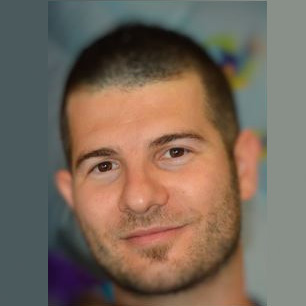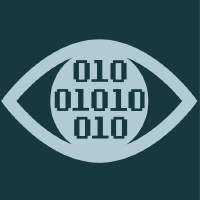Topic Menu
► Topic MenuTopic Editors



2. Research Affiliate Long Term, Laboratory of Computational Computer Vision (LCCV), School of Electrical and Computer Engineering, Georgia Institute of Technology, Atlanta, GA, USA


Medical Image Analysis
Topic Information
Dear Colleagues,
The broader availability of medical imaging technology and the increased demand by patients and physicians have dramatically increased diagnostic imaging use over the past decade. However, the increasing amount of available data leads to a more significant effort requirement of the physician, as well as increases the costs and time needed to provide the final diagnosis. In turn, this leads to long waiting lists and highly unsatisfied patients. Computer-Aided Diagnosis (CAD) systems, thanks to appropriate algorithms, allow a reduction in waiting times, financial costs and an increase in the quality of services by mitigating or eliminating the difficulties in data interpretation.
This Topic, aims to present recent advances in the generation and utilization of image processing techniques and future prospects of this key, fundamental research area. All interested authors are invited to submit their newest results on biomedical image processing and analysis for possible publication in one of these journals. All papers need to present original, previously unpublished work and will be subject to the normal standards and peer-review processes of these journals. Papers are welcomed on issues that are related to image processing techniques for biomedical applications, including: medical image reconstruction; medical image retrieval; medical image segmentation; deep or handcrafted features for biomedical image classification; visualization in biomedical imaging; machine learning and artificial intelligence; image analysis of anatomical structures and lesions; computer-aided detection/diagnosis; multi-modality fusion for diagnosis, image analysis, and image-guided interventions; combination of image analysis with clinical data mining and analytics; applications of big data in imaging; microscopy and histology image analysis; ophthalmic image analysis; applications of computational pathology in the clinic.
Dr. Cecilia Di Ruberto
Dr. Alessandro Stefano
Dr. Albert Comelli
Dr. Lorenzo Putzu
Dr. Andrea Loddo
Topic Editors
Keywords
- machine learning
- deep learning
- transfer learning
- ensemble learning
- image analysis
- image pre-processing
- image segmentation
- feature extraction
- hand-crafted features
- deep features
- statistical methods
- orthogonal moments
- shape matching
- biomedical image analysis
- biomedical image classification
- biomedical image retrieval
- biomedical image processing
- computer-aided diagnosis
- decision support system for physicians
- artificial intelligence
- neural networks
- image processing
- computer vision
- image retrieval
- medical image analysis
- shape analysis and matching
- image retrieval
- image classification
- pattern recognition
- COVID-19
- MR and CT image analysis for COVID-19 diagnosis
- coronavirus pandemic
- COVID-19 pandemic
- COVID-19 epedemic
Participating Journals
| Journal Name | Impact Factor | CiteScore | Launched Year | First Decision (median) | APC |
|---|---|---|---|---|---|

Applied Sciences
|
2.7 | 4.5 | 2011 | 16.9 Days | CHF 2400 |

Journal of Imaging
|
3.2 | 4.4 | 2015 | 21.7 Days | CHF 1800 |

Electronics
|
2.9 | 4.7 | 2012 | 15.6 Days | CHF 2400 |

Diagnostics
|
3.6 | 3.6 | 2011 | 20.7 Days | CHF 2600 |

Biomedicines
|
4.7 | 3.7 | 2013 | 15.4 Days | CHF 2600 |

MDPI Topics is cooperating with Preprints.org and has built a direct connection between MDPI journals and Preprints.org. Authors are encouraged to enjoy the benefits by posting a preprint at Preprints.org prior to publication:
- Immediately share your ideas ahead of publication and establish your research priority;
- Protect your idea from being stolen with this time-stamped preprint article;
- Enhance the exposure and impact of your research;
- Receive feedback from your peers in advance;
- Have it indexed in Web of Science (Preprint Citation Index), Google Scholar, Crossref, SHARE, PrePubMed, Scilit and Europe PMC.

